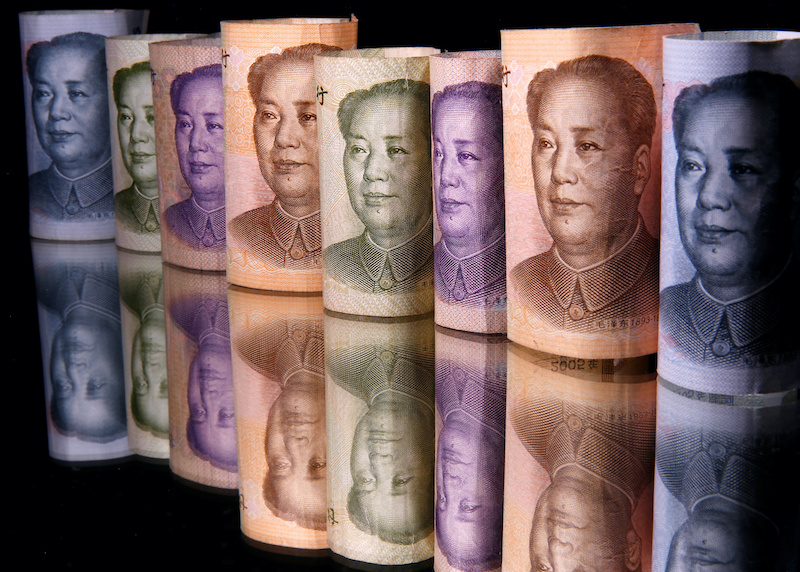Increasingly divergent monetary policies between China and the US will help rein in an excessive rise in the yuan by reducing foreign money inflows, a former Chinese foreign exchange regulator said on Wednesday.
The US Federal Reserve is widely expected to accelerate monetary tightening to tame inflation this year, while the People’s Bank of China needs to use monetary policy tools to stabilise growth.
“Therefore Sino-US monetary policy divergence will likely become greater,” Guan Tao, global chief economist at BOC International, said in a commentary published in the Shanghai Securities News.
Fed tightening is expected to reduce foreign capital inflows into China, shrinking the country’s trade surplus and thus helping stabilise the yuan, which needs to be better aligned with economic fundamentals, said Guan, who previously headed the balance of payments department at the State Administration of Foreign Exchange.
Guan said China-US policy divergence will have several effects on China, including a shrinking yield spread, reduced purchases of Chinese securities, a strengthening dollar, less demand for Chinese exports and global financial market volatility.
Even in a worst-case scenario in which Fed tightening triggers a global economic crisis, China would cushion the external impact by easing monetary policy, not tightening it, he wrote.
The yuan hit a near four-year high against the dollar in late January, even as the spread between Chinese and US 10-year treasuries shrank to roughly 80 basis points, from a high of more than 250 basis points in late 2020.
Guan described a spread of between 80 and 100 basis points as the “comfort zone”.
- Reuters with additional editing by Jim Pollard
ALSO READ:
Yuan Up But Depreciation Pressure Rising, Worry on Asian Currencies
Four Agencies Developing Digital Yuan – Beijing Daily
China Could Take More Measures To Rein In Yuan: Ex-Regulator
























